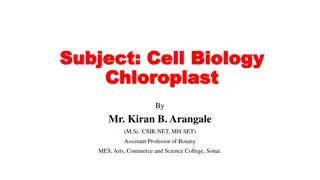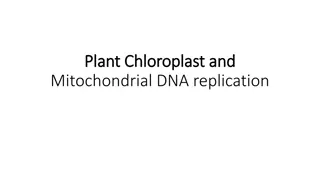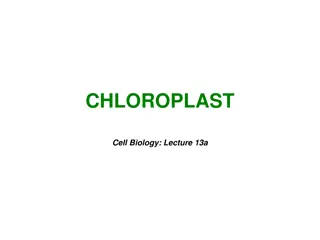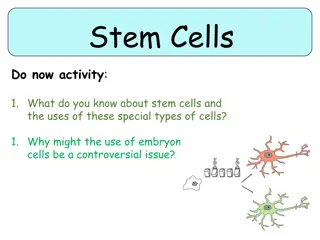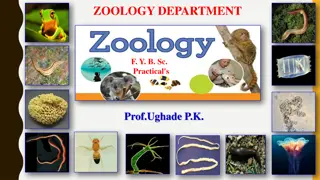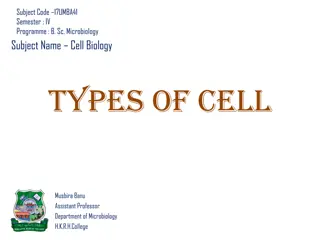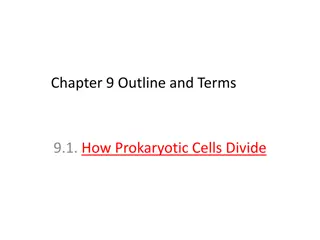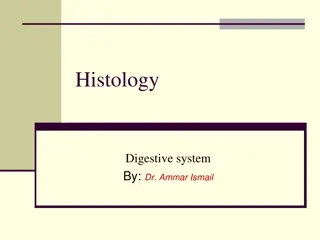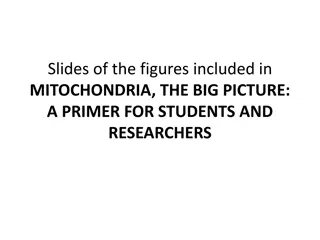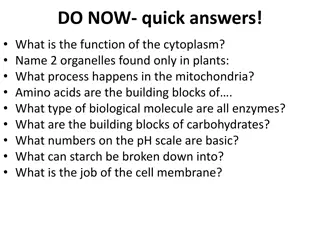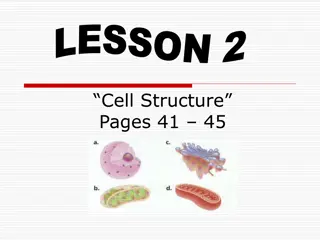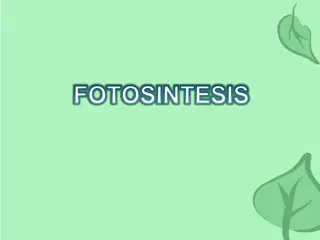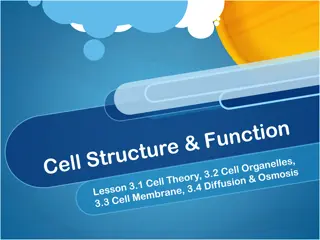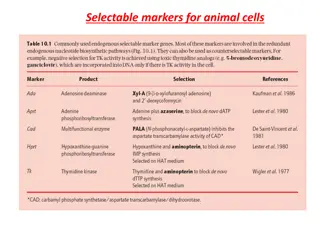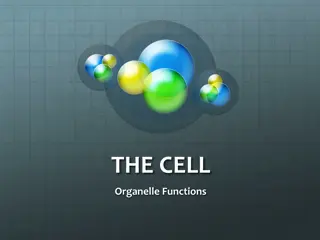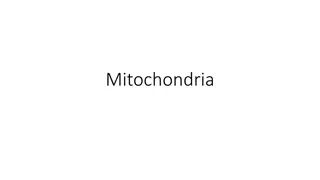Mitochondria, Plastids, and Chloroplasts in Cells
Mitochondria, known as the powerhouse of the cell, generate ATP for energy production through cellular respiration. Plastids, such as leucoplasts, store various compounds like starch and proteins. Chloroplasts conduct photosynthesis in plants, utilizing chlorophyll and performing light-dependent reactions. Explore the functions and structures of these vital cell organelles.
Download Presentation

Please find below an Image/Link to download the presentation.
The content on the website is provided AS IS for your information and personal use only. It may not be sold, licensed, or shared on other websites without obtaining consent from the author.If you encounter any issues during the download, it is possible that the publisher has removed the file from their server.
You are allowed to download the files provided on this website for personal or commercial use, subject to the condition that they are used lawfully. All files are the property of their respective owners.
The content on the website is provided AS IS for your information and personal use only. It may not be sold, licensed, or shared on other websites without obtaining consent from the author.
E N D
Presentation Transcript
Mitochondria The two membranes of The two membranes of Mitochondria Mitochondria Outer Membrane Porous in Nature Inner Membrane Deeply Folded The Inner Membrane of Mitochondria called as Cristae Cristae Facilitates Facilitates Generation Generation of ATP ATP molecules as it has a larger surface area. of
Energy currency It is a double membrane organelle which has its own DNA and that is why often called Semi Autonomous Organelle Semi Autonomous Organelle The cell requires energy in order to carry out several activities. This energy is generated by mitochondria which are often called as the Powerhouse Cell Cell. Mitochondria are site of cellular respiration. They use oxygen from air to oxidise the carbohydrates and thereby release energy. Powerhouse of the of the The Mitochondria generates ATP (Adenosine Triphosphate) which are energy giving molecules of the cell that are often called as their Energy Currency Currency . Energy
Leucoplasts 1. Amyloplast They are found in tubers, cotyledons and endosperm in plants. They are used to store starch. 2. Elaioplast They are found in epidermal cells of the plants They store oil. 3. Proteinoplast They are found in seeds and nuts. They store proteins.
Chloroplasts Chloroplasts are cell organelles that conduct photosynthesis in plants. Chloroplast is derived from two Greek words Chloro and Plasts which means green and plants respectively. Chloroplasts contain photosynthetic pigments called Chlorophyll along with lipids, carbohydrates, minerals, DNA, RNA, grana, thylakoids and stroma. The main functions of chloroplasts are: Conducting photosynthesis in plants. Protein synthesis Releases oxygen Storage of Starch
Light-dependent Reactions in Photosynthesis During photosynthesis chlorophyll absorbs the light energy which is then used to for two molecules ATP and NADPH (nicotinamide dinucleotide phosphate) Thylakoids They are pillow shaped compartments in the chloroplast. The light- dependent reactions in photosynthesis take place in the thylakoids. Stroma It is a fluid-filled matrix in the chloroplasts. It is colorless fluid that contains all the enzymes that are needed for the light- dependent reactions in Photosynthesis. Grana Stacks of thylakoids are called Grana. They are found in the stroma. They provide a large surface area so that the reactions of photosynthesis can take place.
Sap Vacoules These vacuoles are filled with a fluid called Vascular Sap. The fluid contains Amino Acids, Salt, Sugar, Proteins, Water, and Waste Materials. Sap vacuoles are separated from the cytoplasm by a semi-permeable membrane called Tonoplast. Their main function is to allow rapid exchange between cytoplasm and the surrounding environment. A number of sap vacuoles are found in young plant cells and animal cells. In mature plants the small sap vacuoles combine together to form a single large central vacuole.



